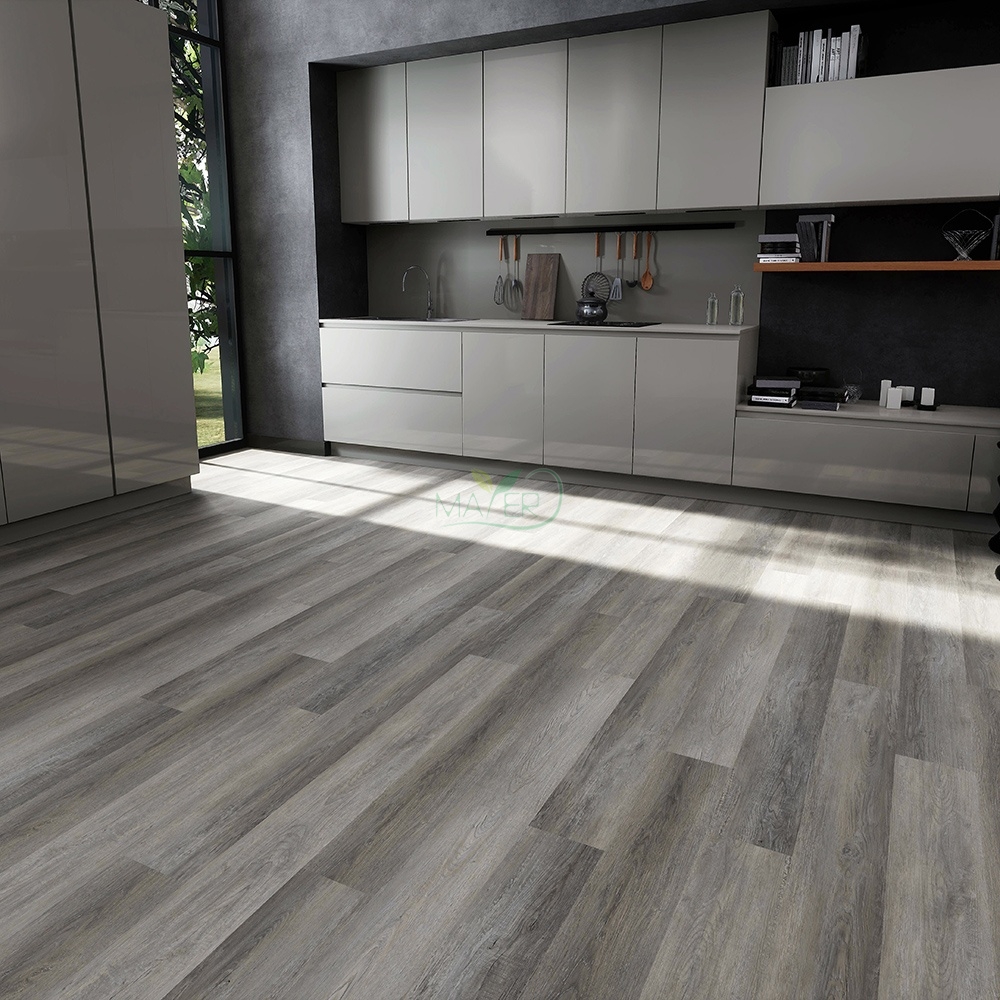SPC (Stone Plastic Composite) flooring is generally suitable for DIY (do-it-yourself) installation, thanks to its user-friendly design and installation method.
Here are several reasons why SPC flooring is often chosen by homeowners for DIY projects:
Click-Lock Installation System
Many SPC flooring products feature a click-lock or interlocking installation system, which allows planks or tiles to easily click together without the need for adhesives or special tools. This intuitive installation method simplifies the process and makes it accessible to DIY enthusiasts of varying skill levels. With click-lock SPC flooring, homeowners can achieve professional-looking results without extensive training or experience.

Floating Floor Installation
SPC flooring is typically installed as a floating floor, meaning it is not attached to the subfloor. Instead, the individual planks or tiles are installed over an underlayment or vapor barrier, with the edges locked together to create a stable and seamless surface. Floating floor installation is well-suited for DIY projects because it eliminates the need for messy adhesives and allows for easy removal and replacement of individual planks or tiles if necessary.
Minimal Preparation Required
Compared to some other types of flooring, such as hardwood or tile, SPC flooring requires minimal preparation before installation. The subfloor must be clean, level, and free of debris, but it does not typically require extensive sanding, leveling, or moisture mitigation treatments. This reduces the time and effort involved in prepping the space for installation, making it more manageable for DIYers.
Lightweight and Easy to Handle
SPC flooring is lightweight and easy to handle, which simplifies the installation process and reduces the risk of injury or strain. Unlike heavy materials like solid hardwood or natural stone, SPC planks or tiles can be easily maneuvered and positioned by one or two people, making it ideal for DIY installations in smaller spaces or tight areas.
Cost-Effective
DIY installation of SPC flooring can be cost-effective compared to hiring professional installers. By tackling the installation themselves, homeowners can save on labor costs and potentially reduce overall project expenses. Additionally, DIY installation allows homeowners to work at their own pace and schedule, providing flexibility and control over the project timeline.
While SPC flooring is generally suitable for DIY installation, it's essential for homeowners to carefully read and follow the manufacturer's installation instructions to ensure a successful outcome. Additionally, proper subfloor preparation and attention to detail during installation are critical for achieving durable and long-lasting results. If in doubt, homeowners can consult with flooring experts or watch instructional videos to gain confidence before starting their DIY project.



